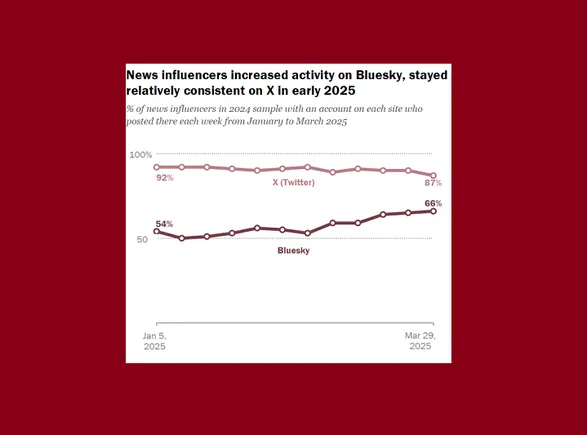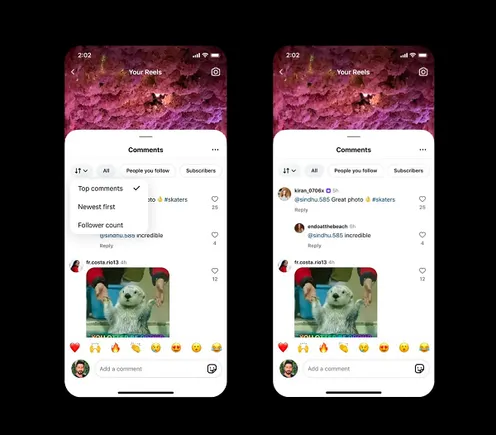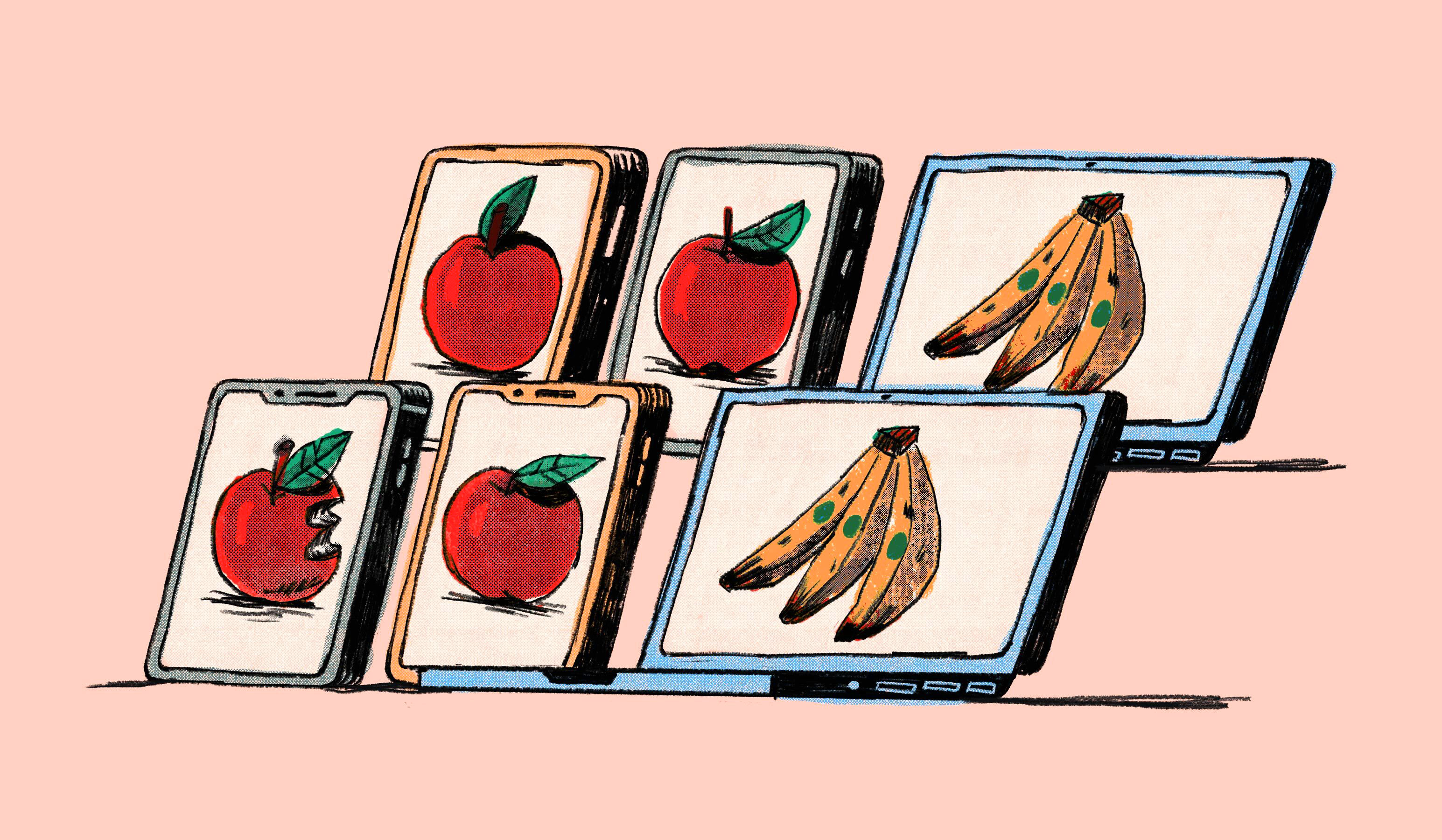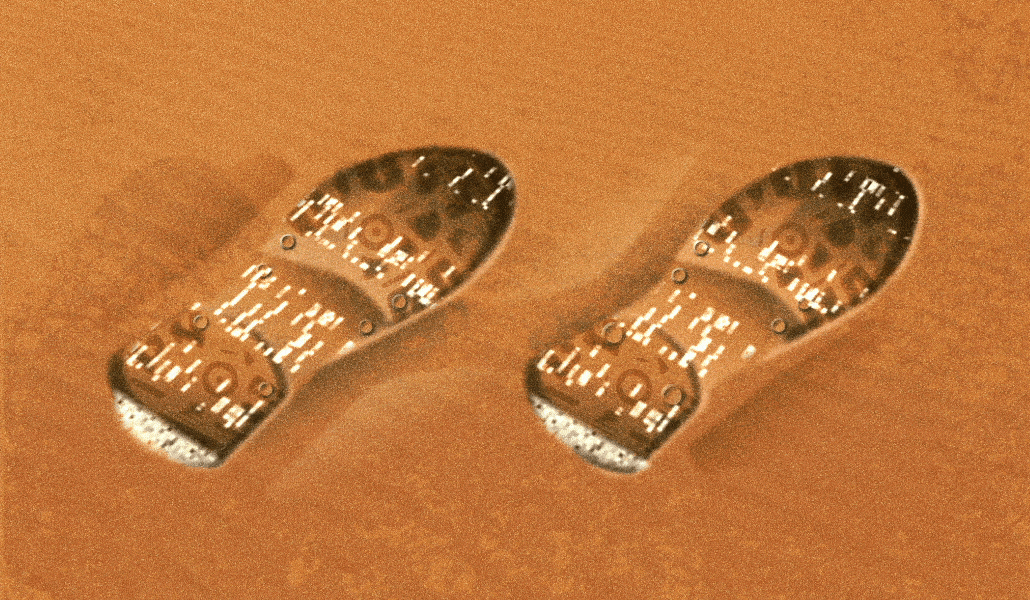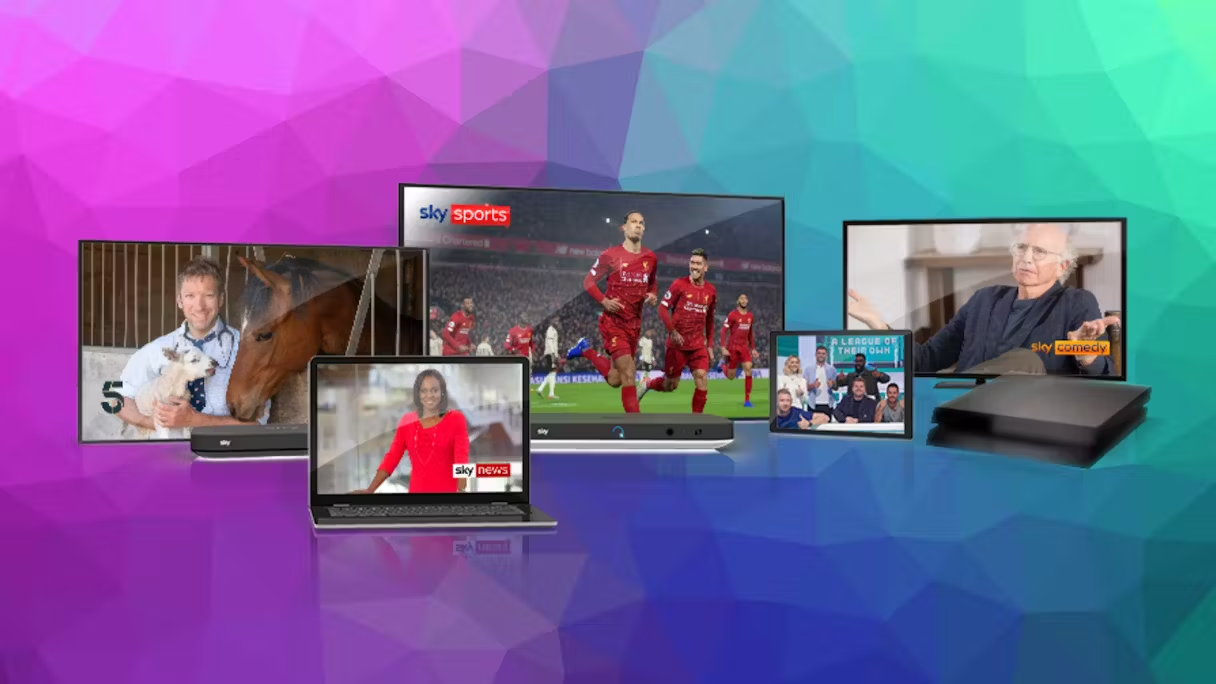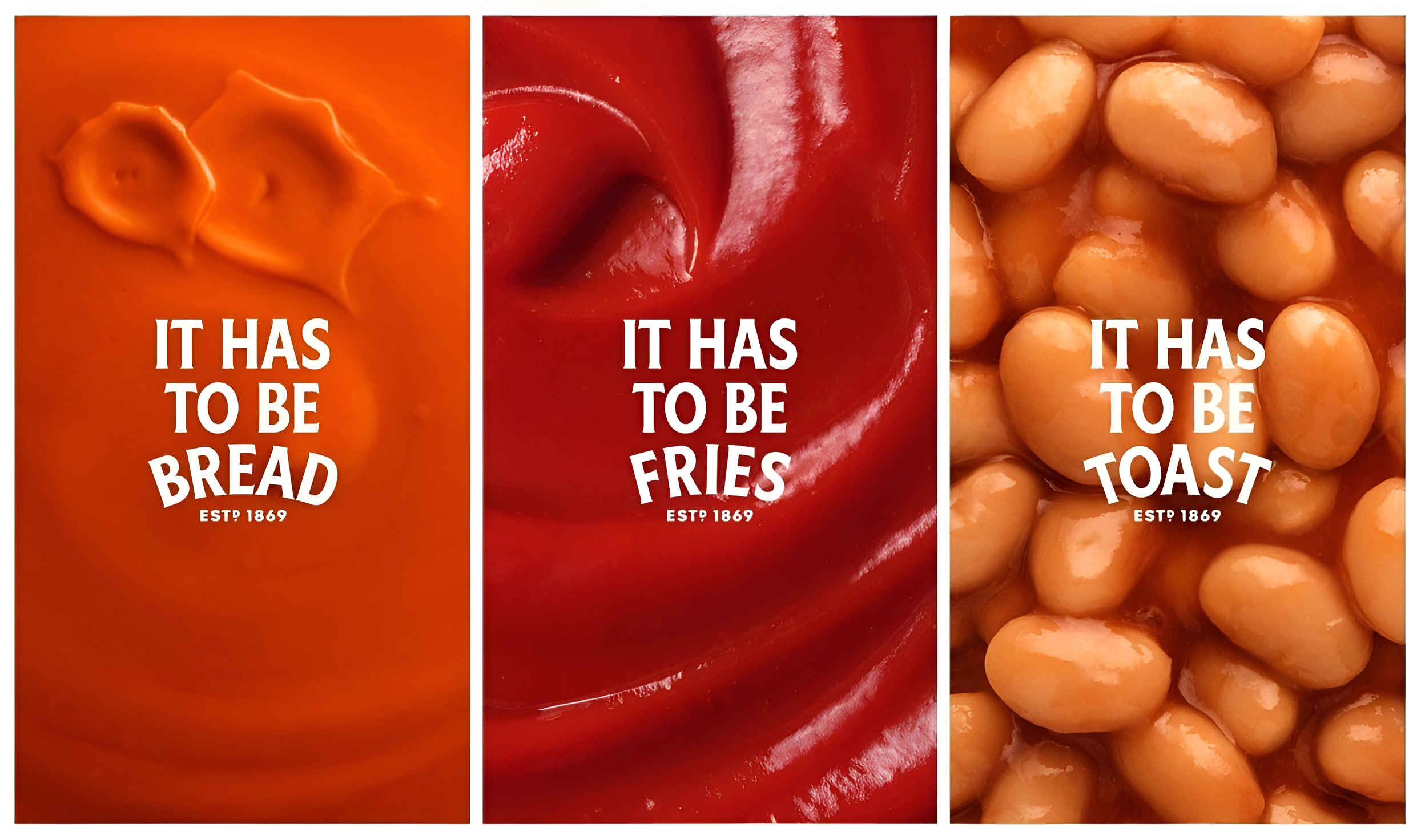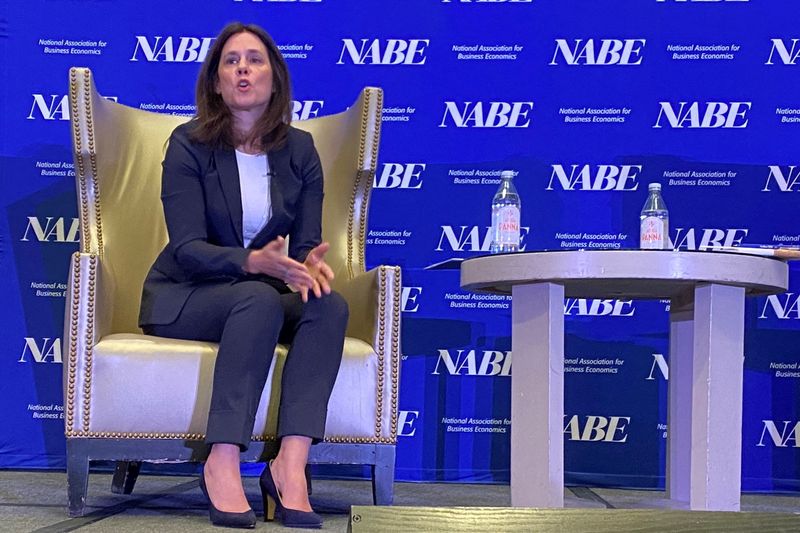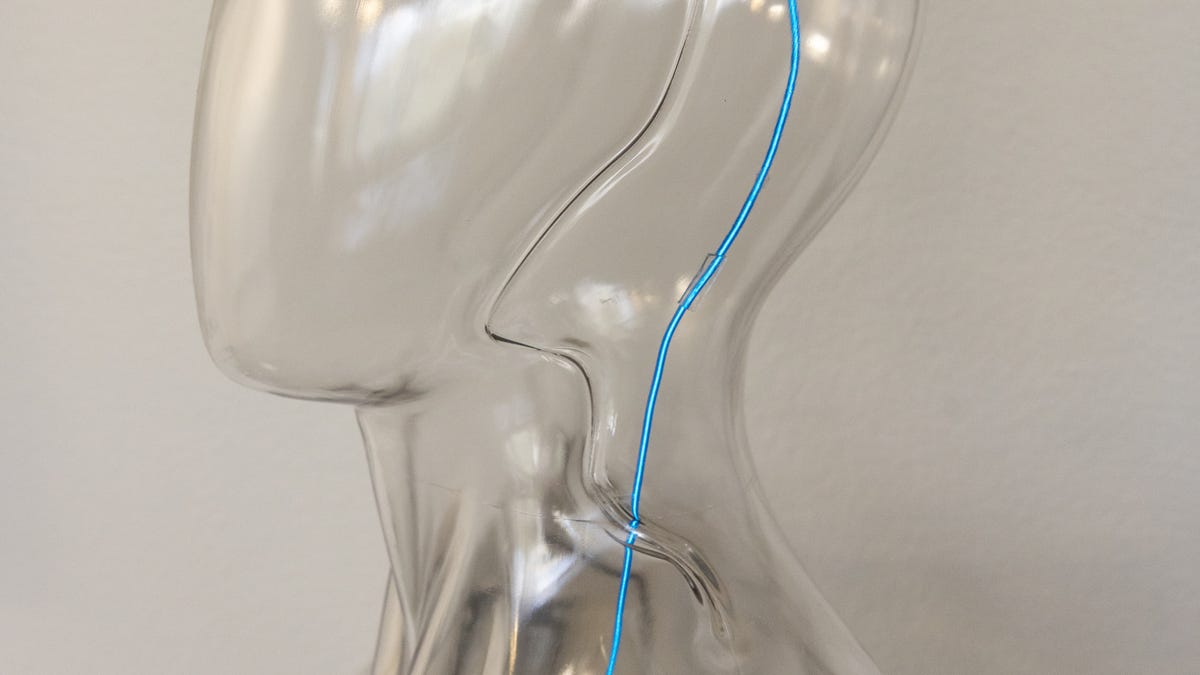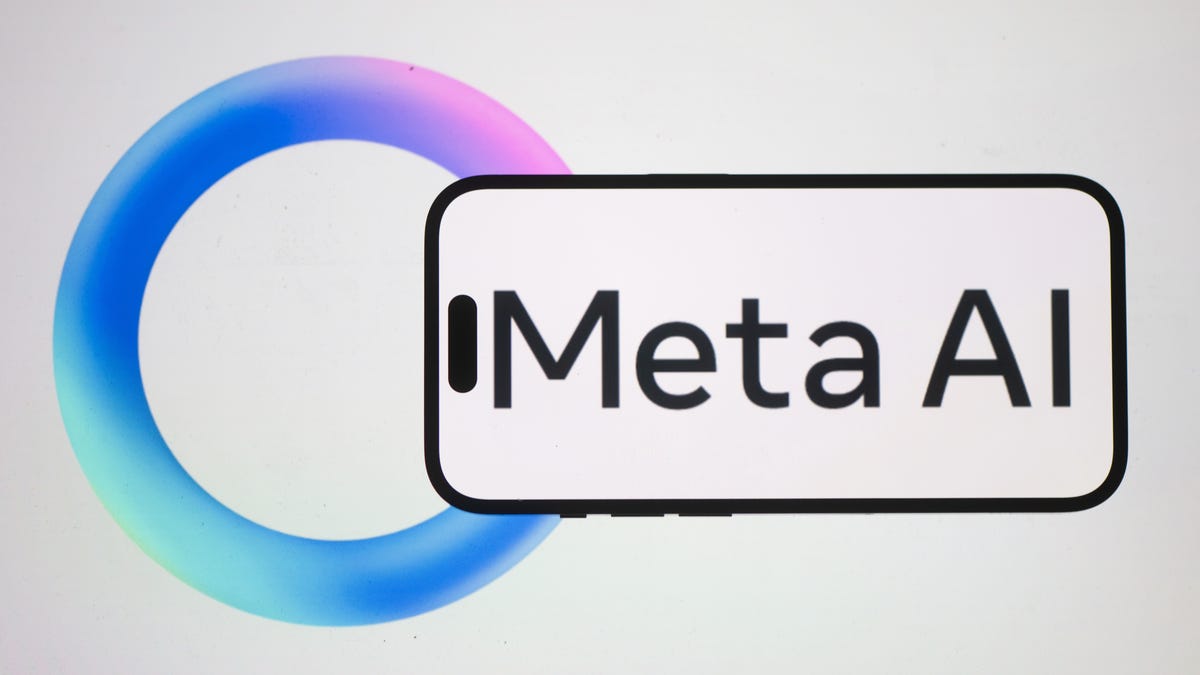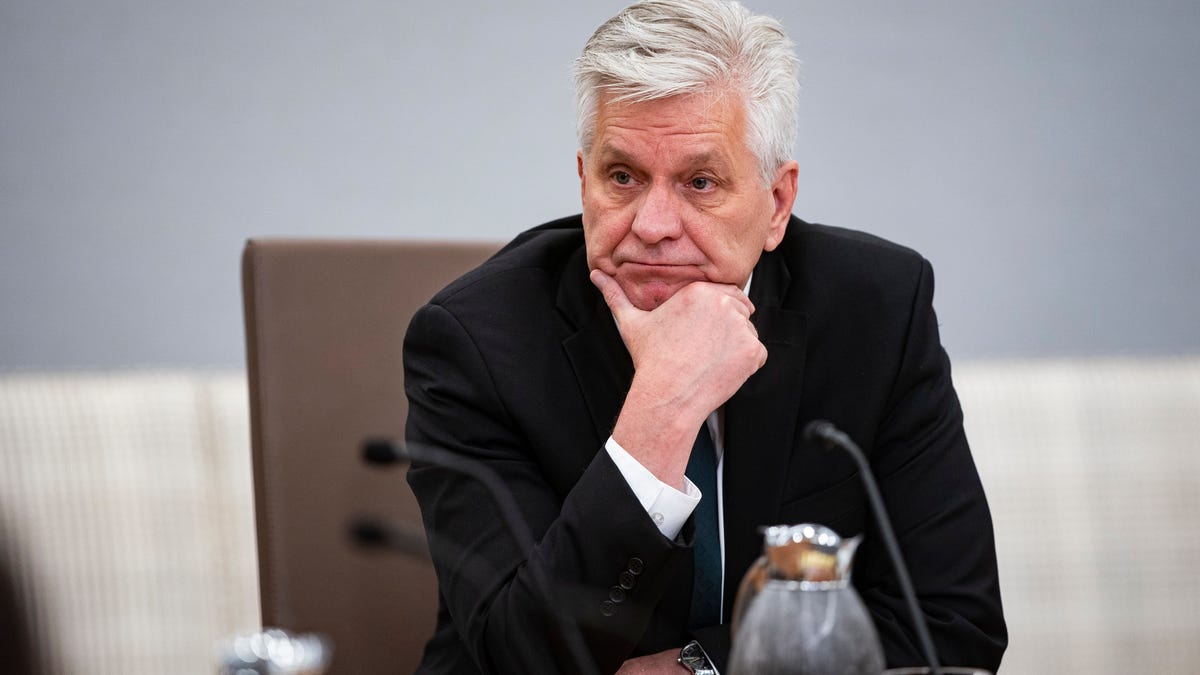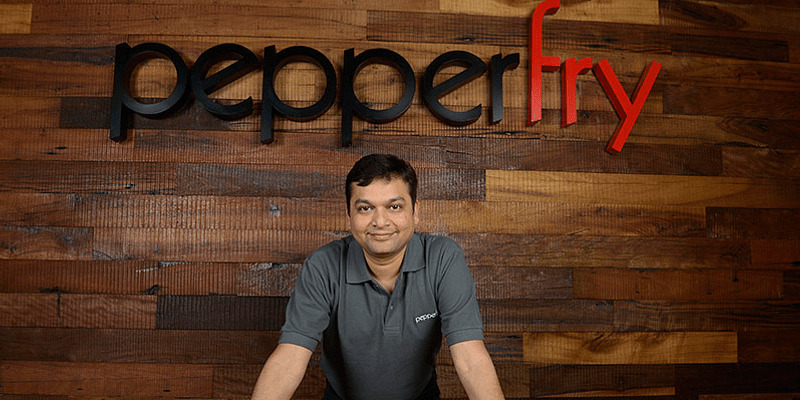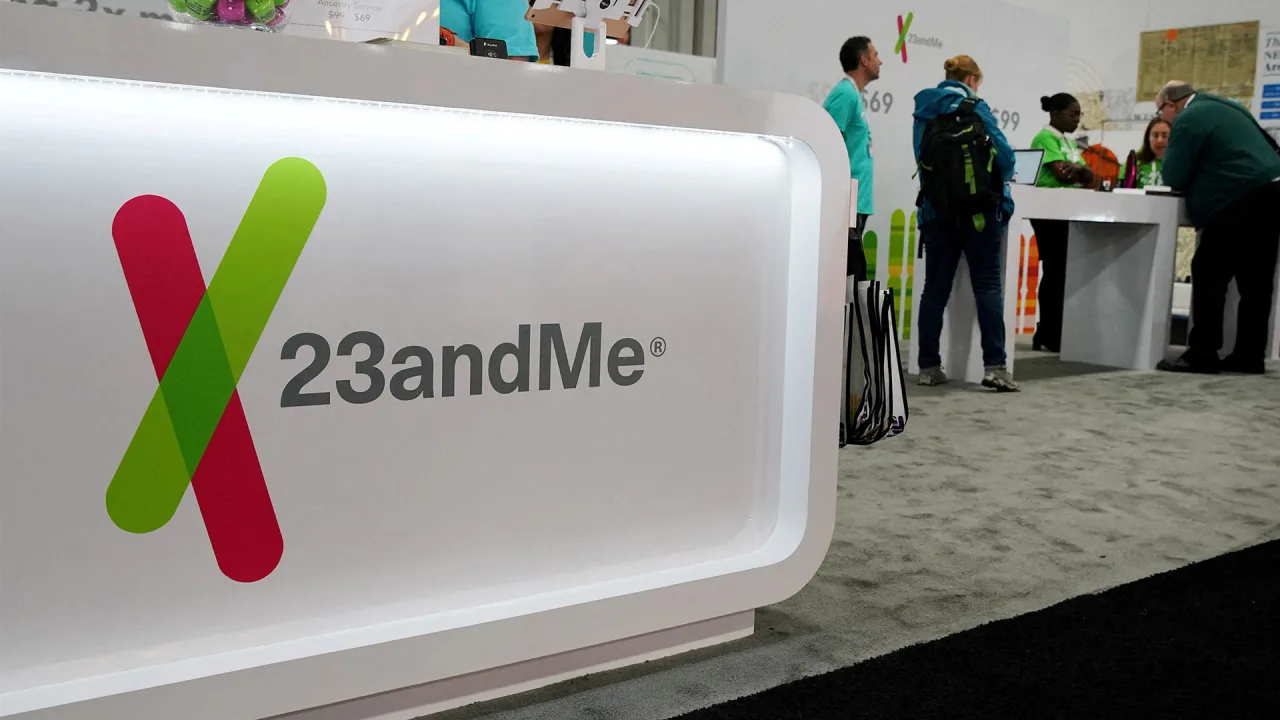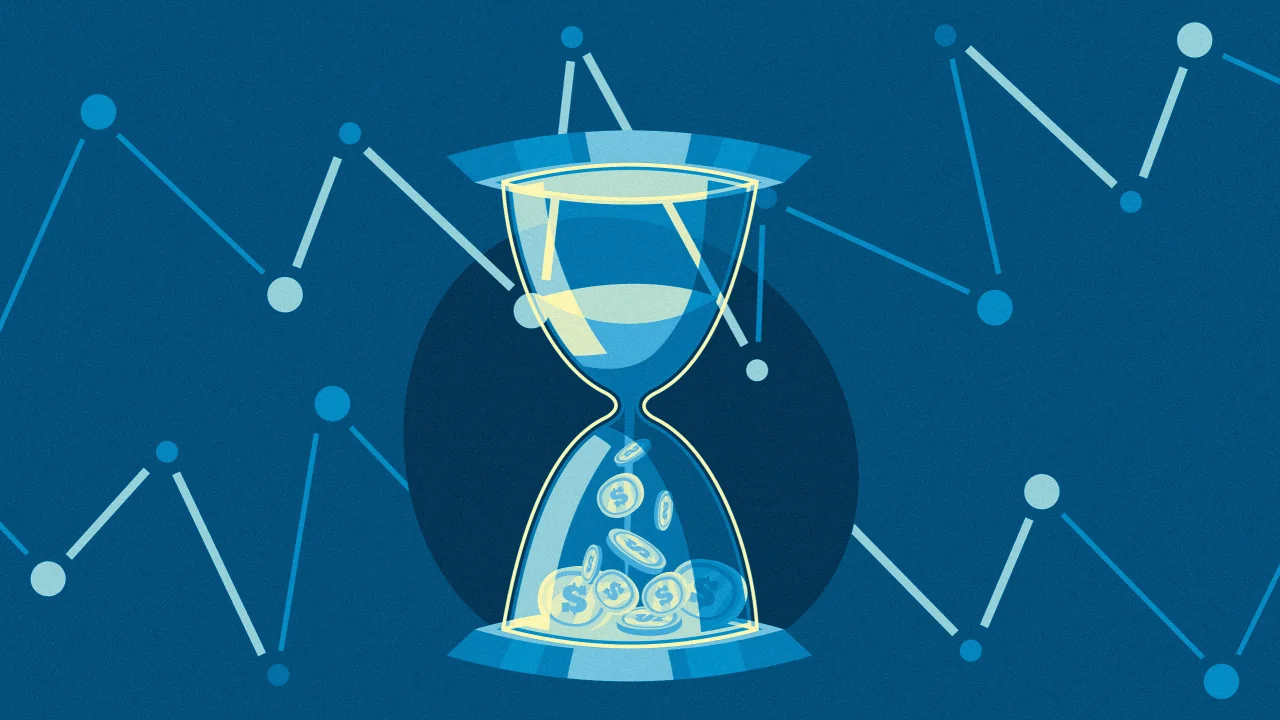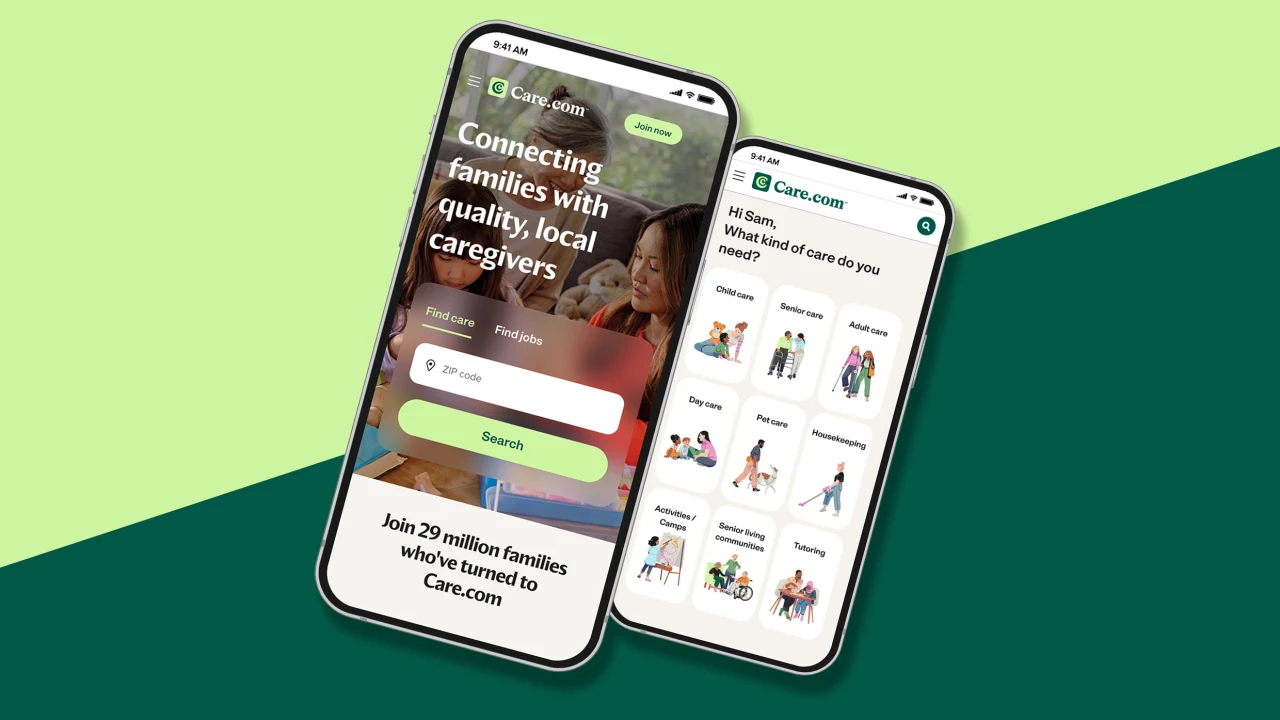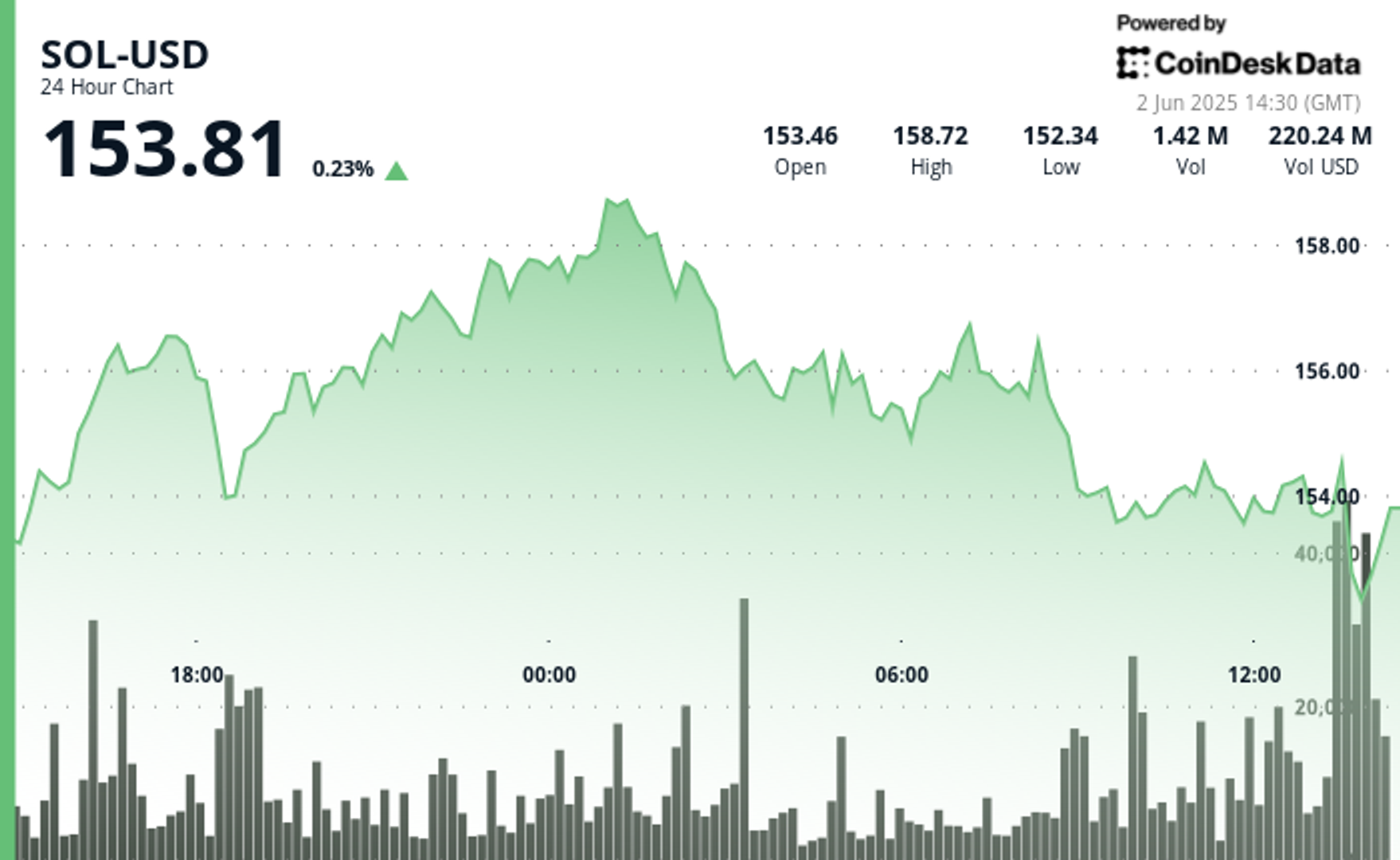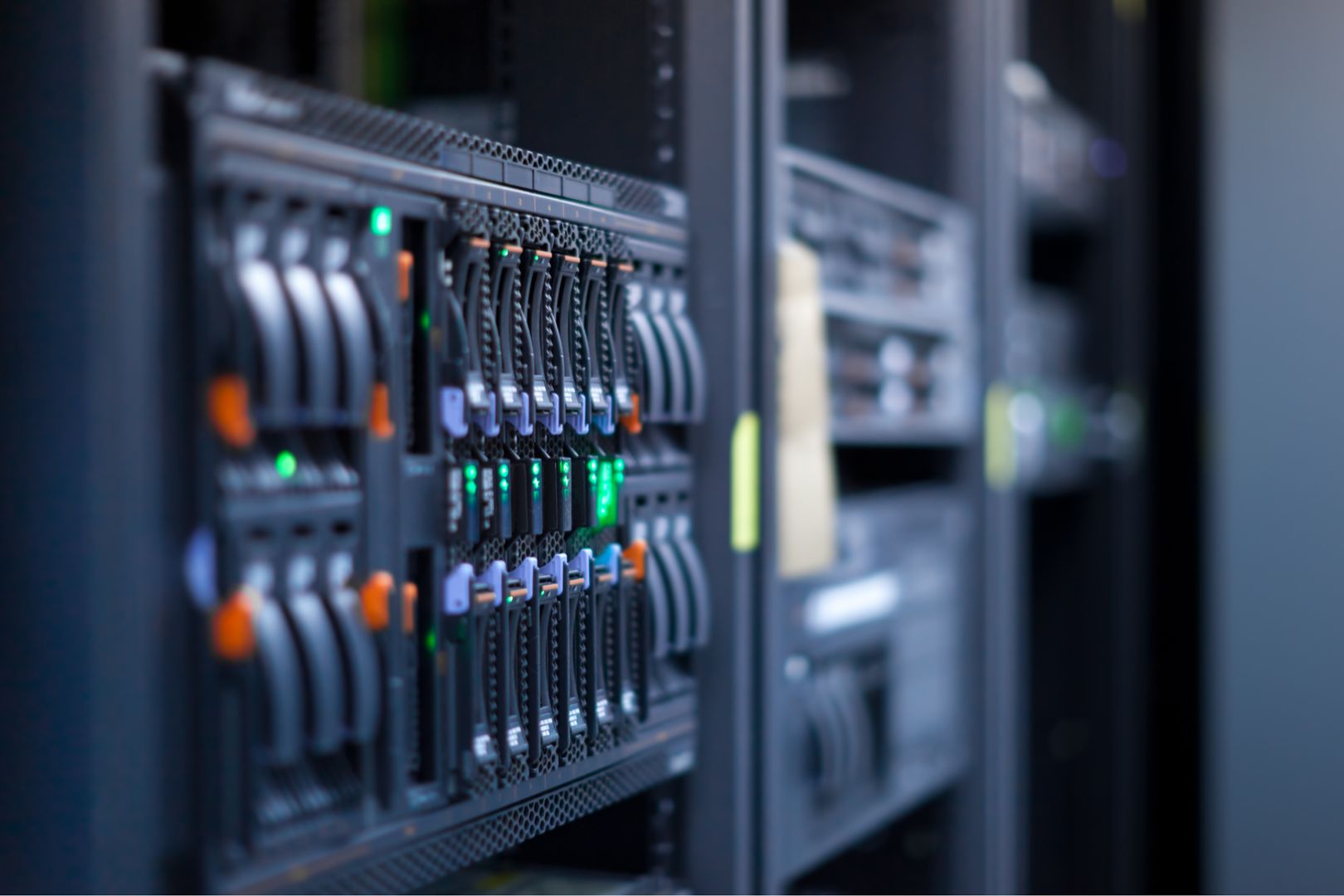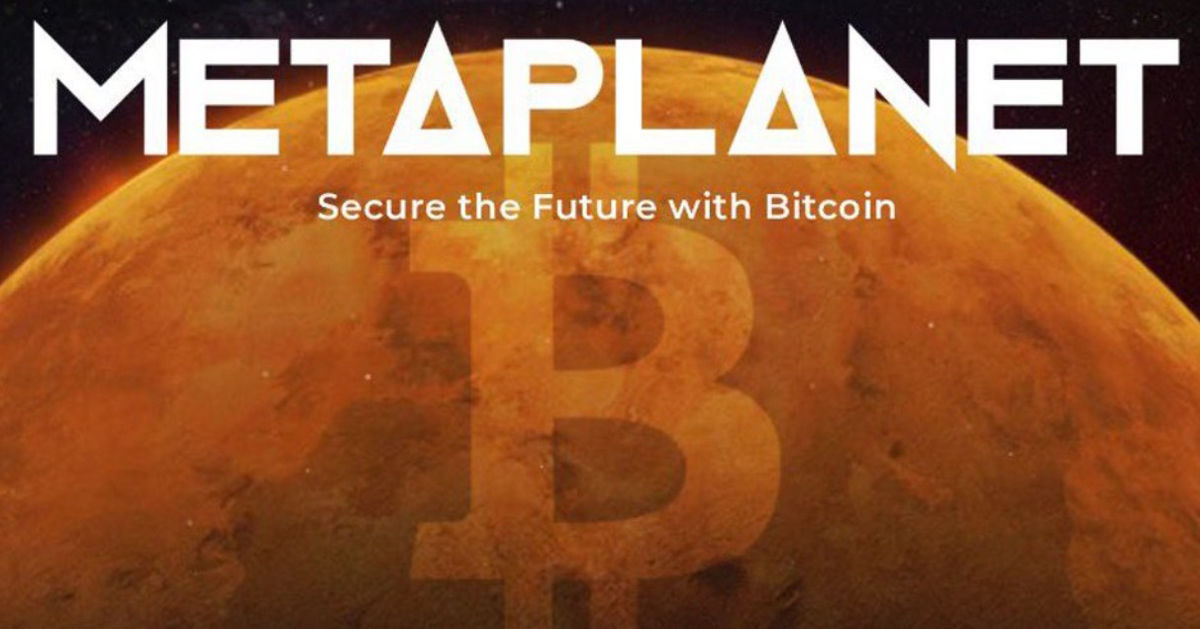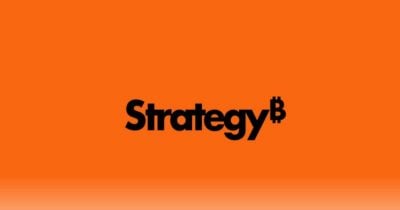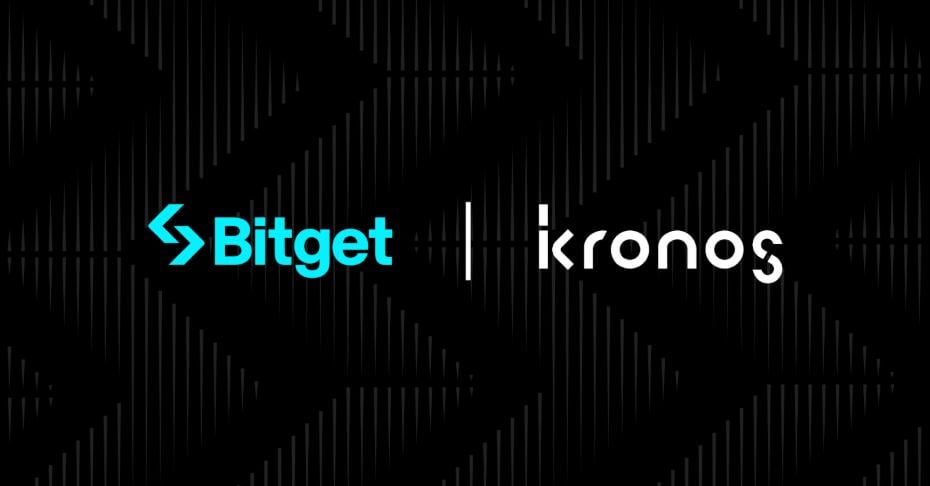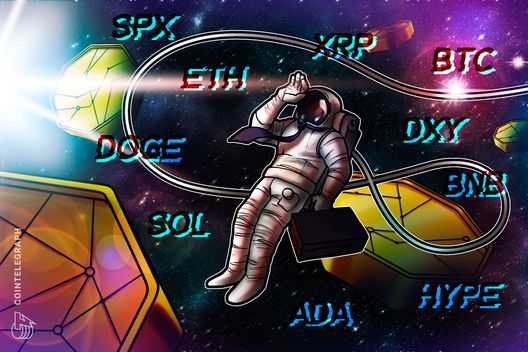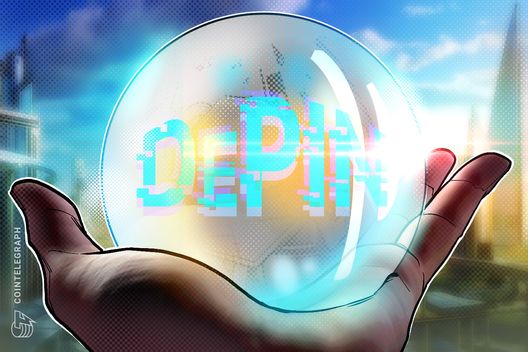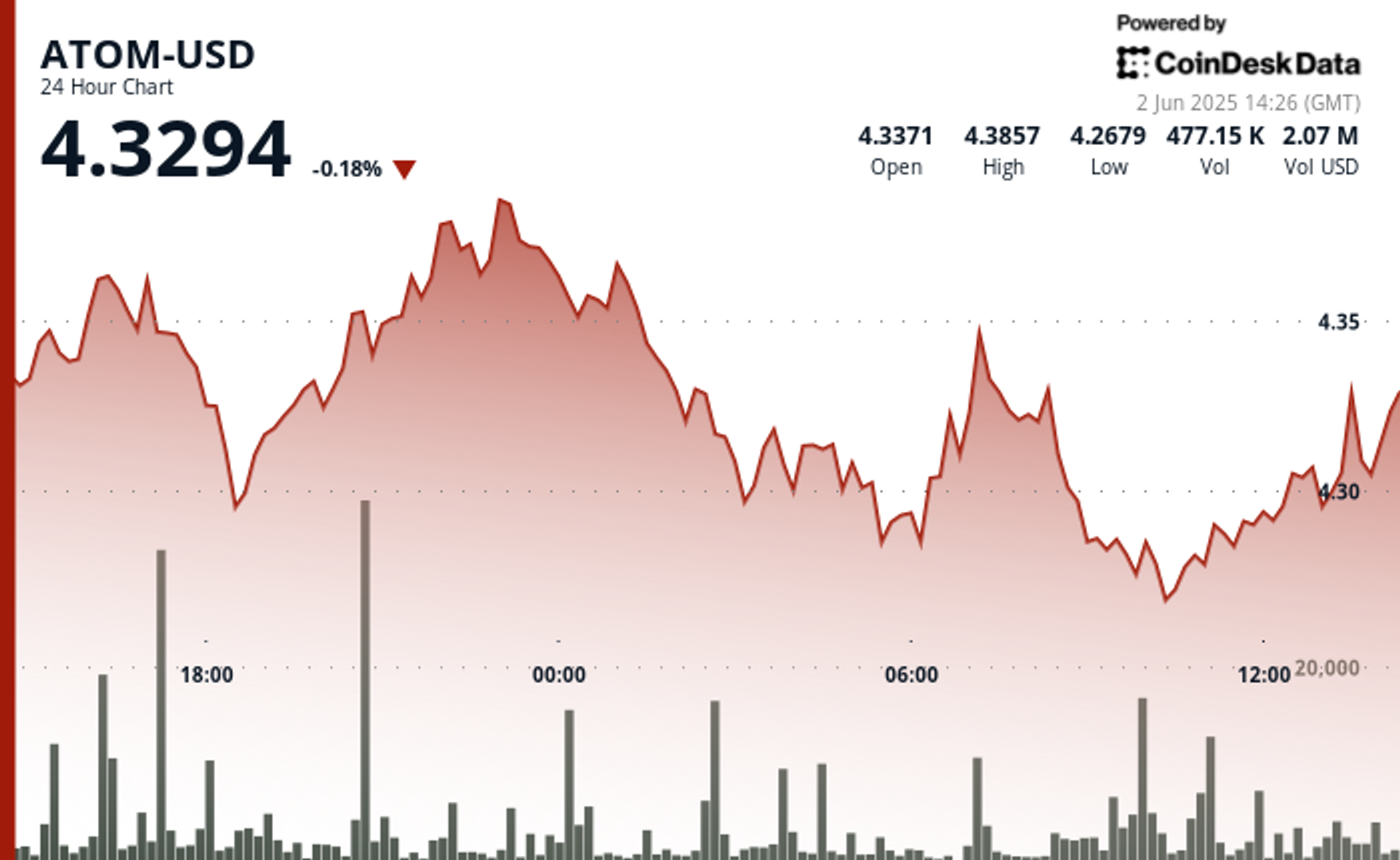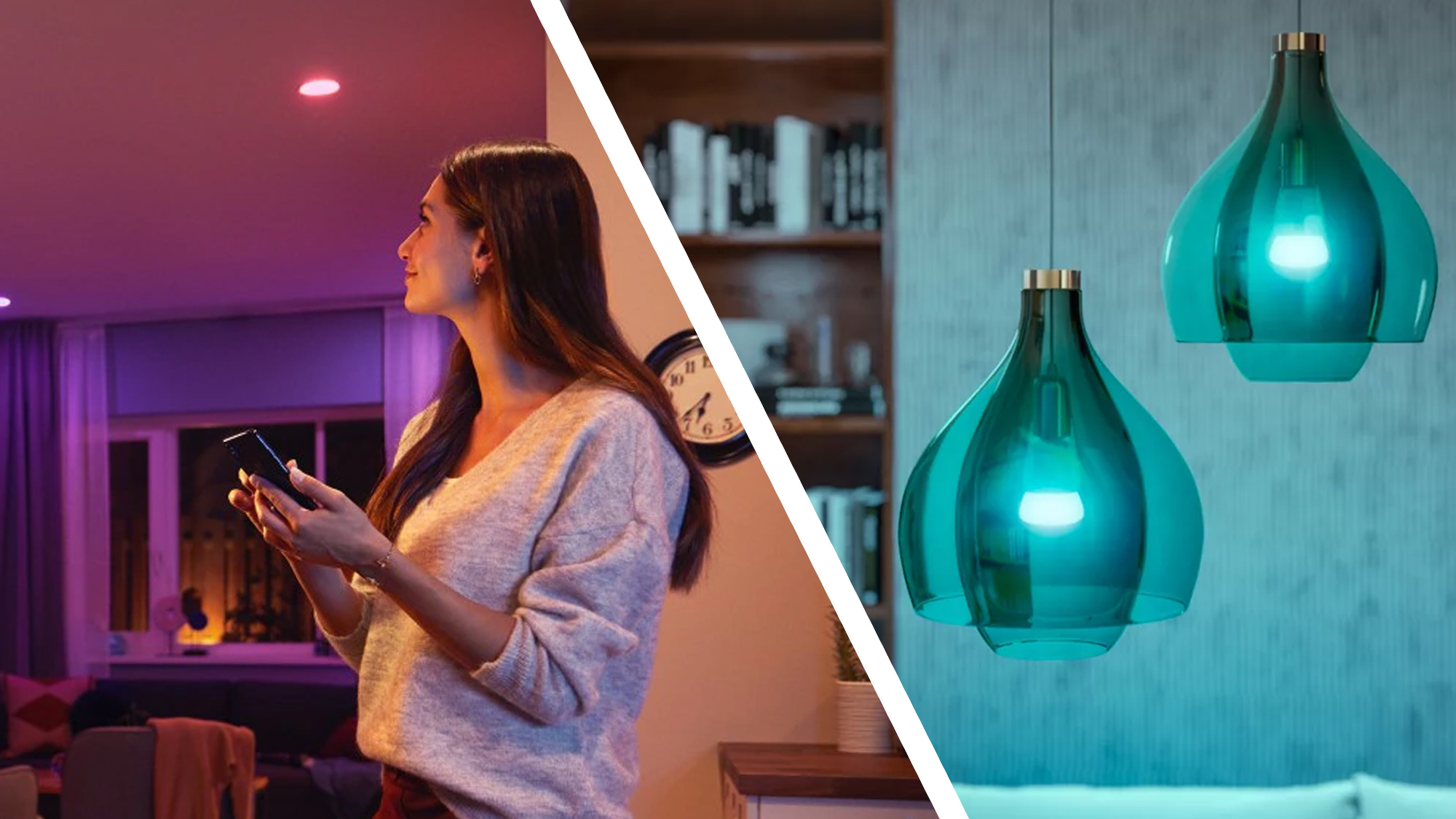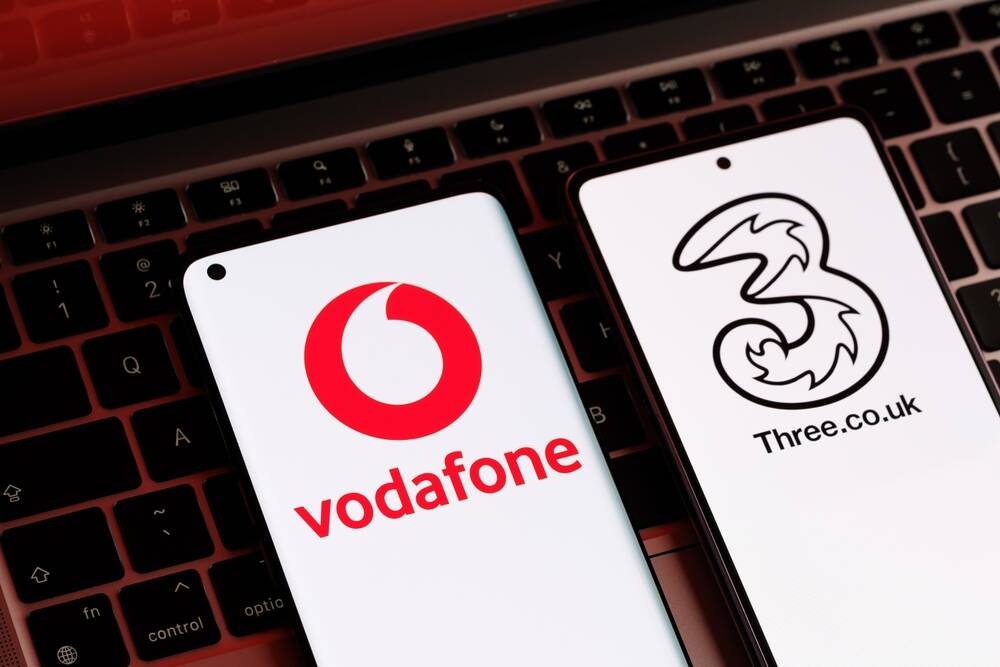Revolutionising drug delivery through emerging technologies
Innovative technologies are reshaping drug delivery by addressing the limitations of traditional methods and enhancing patient care. Among these advancements, needle-free injection technology shines as a breakthrough in significantly improving patient compliance.


Pharmaceutical and medical device companies have long been in the vanguard of innovation and technological advancement. Even before the recent surge in interest, researchers in pharma were exploring groundbreaking solutions to improve drug delivery and make patient care safer and more efficient. However, despite these advancements, the healthcare sector still grapples with significant challenges in drug delivery. Traditional methods like oral pills, intravenous infusions, and transdermal patches have long been the mainstays of treatment, but they often fall short due to slow absorption, limited bioavailability, and discomfort associated with invasive procedures.
Today, emerging technologies are revolutionising the drug delivery landscape, paving the way for more precise, patient-friendly, and effective solutions.
Advancements like needle-free injection systems, nanotechnology and gene therapy are making a greater impact, providing more efficient and reliable alternatives to conventional methods. As the global drug delivery market is projected to grow to an anticipated value of USD 63.38 billion by 2032, innovations such as nanotechnology, smart systems, and non-invasive techniques are not only enhancing therapeutic outcomes but also transforming patient experiences, setting the stage for a new era in medical care. Among the most promising advancements is needle-free injection technology, which is poised to address significant challenges in conventional drug delivery and redefine how medicines are administered.
Now, let's delve into how advancements in drug delivery, such as needle-free injections, which are transforming healthcare and redefining the patient experience.
Challenges to modern drug delivery methods
Historically, injectable methods have dominated the pharmaceutical landscape, but conventional injections have their own limitations. They often cause pain and discomfort, leading to anxiety and non-compliance among patients. Additionally, healthcare professionals also face challenges in terms of handling needles and the risk of needle-stick injuries. These limitations have spurred continuous innovation in drug delivery methods. 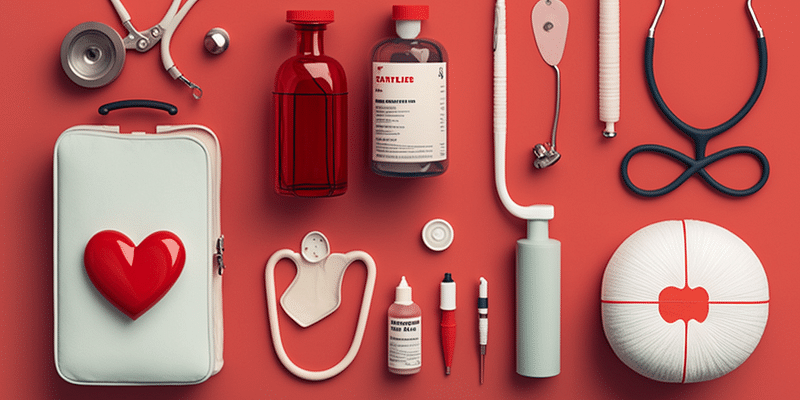
Additionally, the growing need for mass vaccination programs to combat various infections and diseases has intensified the demand for safer and more efficient drug delivery methods. Currently, 16 billion vaccines are administered globally each year, but the process generates a significant number of needle-stick injuries and disposal issues, which present serious challenges in terms of safety, waste management, and patient comfort. In addition to this, according to the NIOSH Alert Preventing Needlestick Injuries in Health Care Settings, it is estimated that 600,000 to 800,000 needlestick injuries (NSIs) and other percutaneous injuries (PIs) occur annually among health care workers.
As the industry advances toward more patient-centric approaches, the integration of biomaterials and smart delivery systems is becoming increasingly essential. These technologies allow for treatments that are tailored to individual patient needs, optimising therapeutic effects while minimising adverse reactions. Such innovations not only underscore the critical role of technology in advancing healthcare but also highlight the need for ongoing research to address the complex demands of modern medicine.
Needle-free injections making a breakthrough
Needle-free injection technology is emerging as a catalyst for change in the drug delivery landscape. By using a high-pressure jet to administer medication directly through the skin, this innovation eliminates the need for needles, offering an almost painless experience increasing patient comfort, preventing needle-stick injuries and reducing toxic waste. Unlike traditional injections, which can cause discomfort and anxiety, needle-free systems provide a swift and stress-free process, enhancing the overall treatment experience.
One of the most significant advantages of this technology is its ability to improve patient compliance, especially among those with chronic conditions who often dread frequent needle injections. Improper administration or poor hygiene practices while administering drugs using needles, can increase the risk of infections at the injection site and cross-contamination. Fear of needles, discomfort, and these associated risks have long been barriers to effective treatment adherence. Needle-free injections help overcome these challenges by providing a safe, reliable, and user-friendly method of medication delivery.
Moreover, this technology streamlines drug administration in mass vaccination programmes and community health settings, where efficiency and patient comfort are crucial. By reducing the need for needles, it minimises disposal issues and the logistical challenges associated with needle waste management, making healthcare safer, cleaner, and more accessible. As needle-free injection technology continues to advance, it holds the potential to transform the future of patient care, setting new standards for comfort, safety, and compliance in drug delivery.
Other technologies redefining drug delivery
Drug delivery is undergoing a profound transformation, driven by breakthrough technologies that address the limitations of traditional methods while enhancing patient outcomes.
Other than needle-free injections, nanotechnology which utilises nanoparticles to target specific cells or tissues with remarkable precision is also ushering in a new change. By delivering drugs directly to the site of action, nanotechnology significantly boosts therapeutic efficiency and minimises side effects, a crucial advantage for treating complex conditions like cancer. These nanoparticles can be engineered for controlled drug release, ensuring consistent and sustained treatment. Similarly, smart drug delivery systems, equipped with sensors and biosensors, are revolutionising personalised medicine by monitoring a patient’s condition in real-time. These systems can detect changes and release medication as needed, guaranteeing precise dosages that enhance both safety and efficacy. Such responsive, real-time healthcare solutions are particularly valuable for managing chronic illnesses, and improving patient compliance and overall outcomes.
Recent advancements in gene therapy technologies have also opened new possibilities for drug delivery, particularly in treating genetic disorders. By effectively transporting therapeutic genes to targeted cells using methods like viral vectors and lipid nanoparticles, these technologies offer a way to address the root cause of diseases rather than merely managing symptoms.
(Sarvesh Mutha is Managing Director at IntegriMedical, a manufacturer of needle-free injections.)
Edited by Kanishk Singh
(Disclaimer: The views and opinions expressed in this article are those of the author and do not necessarily reflect the views of YourStory.)




